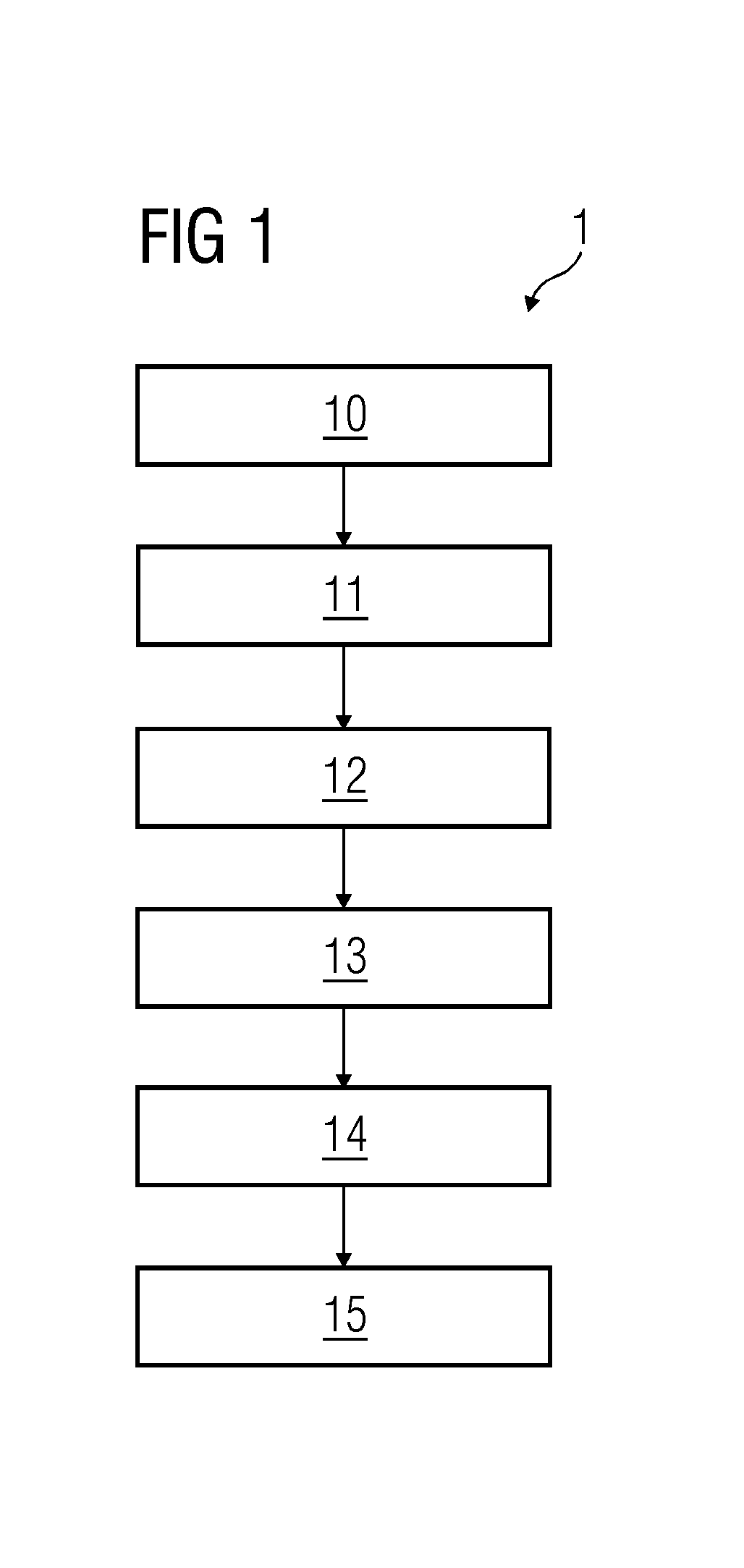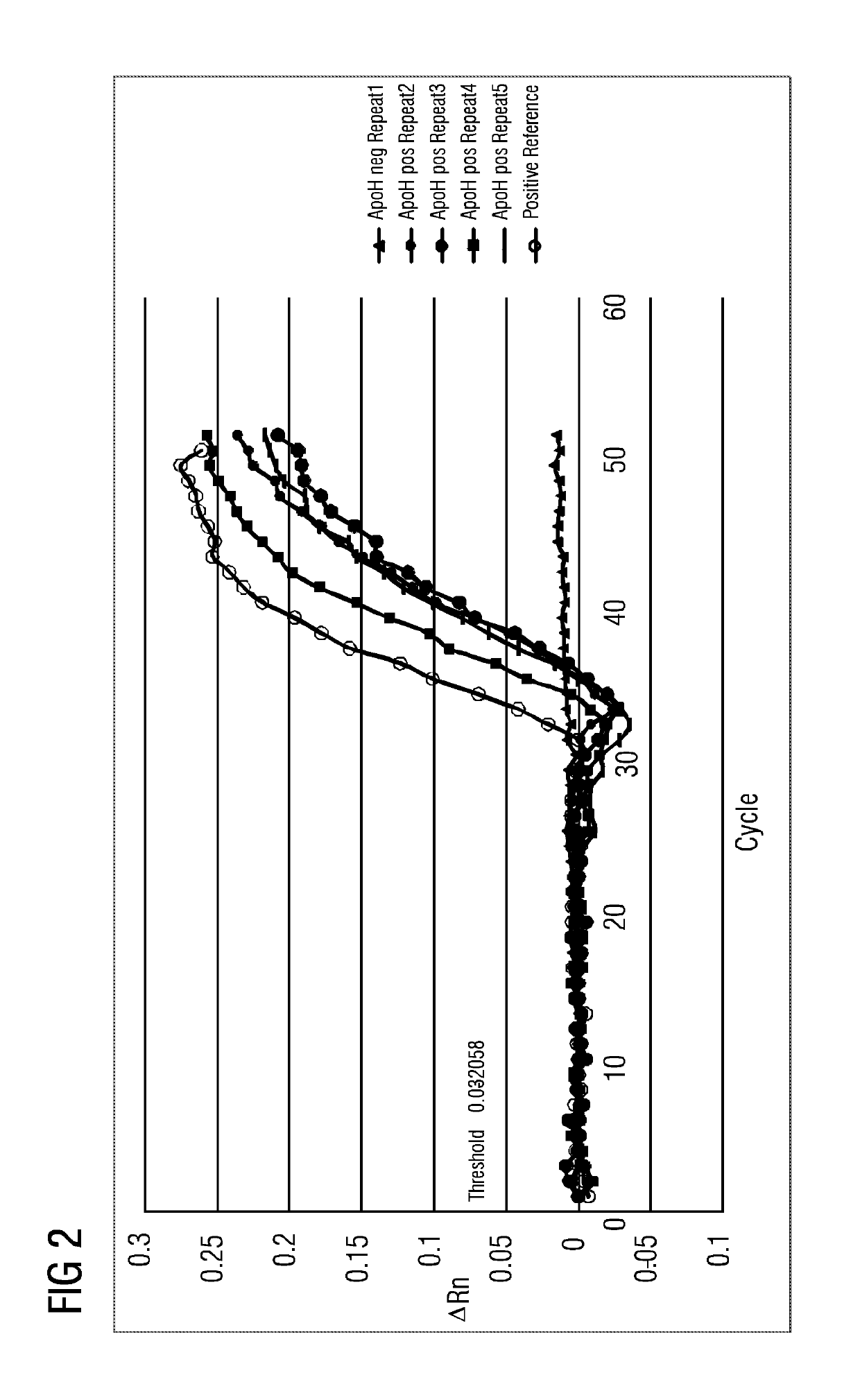Method and apparatus for enriching pathogen DNA
a technology of pathogen dna and enrichment method, which is applied in the field of enrichment of pathogen dna, can solve the problems that the above-mentioned method does not achieve the level of pathogen detection, and achieve the effect of facilitating the separation process of complexes and separating pathogen dna from the mixtur
- Summary
- Abstract
- Description
- Claims
- Application Information
AI Technical Summary
Benefits of technology
Problems solved by technology
Method used
Image
Examples
Embodiment Construction
[0029]Embodiments for carrying out one or more of the present embodiments are described in detail. The various embodiments are described with reference to the drawings, where like reference numerals are used to refer to like elements throughout. In the following description, for purpose of explanation, numerous specific details are set forth in order to provide a thorough understanding of one or more embodiments. Such embodiments may be practiced without these specific details.
[0030]FIG. 1 illustrates a schematic diagram of a flowchart of an embodiment of the method 1. The sample used in the present embodiment is whole blood suspected to contain pathogens. Alternatively, other fluids of the human body that are known to be used for such analyses may also be used. In act 10 of the method 1, a binding buffer is added to the sample, after which one or more proteins including pathogen binding domains are added to the sample. The plurality of proteins are coated onto a substrate. In the p...
PUM
| Property | Measurement | Unit |
|---|---|---|
| temperature | aaaaa | aaaaa |
| temperature | aaaaa | aaaaa |
| paramagnetic | aaaaa | aaaaa |
Abstract
Description
Claims
Application Information
 Login to View More
Login to View More - R&D
- Intellectual Property
- Life Sciences
- Materials
- Tech Scout
- Unparalleled Data Quality
- Higher Quality Content
- 60% Fewer Hallucinations
Browse by: Latest US Patents, China's latest patents, Technical Efficacy Thesaurus, Application Domain, Technology Topic, Popular Technical Reports.
© 2025 PatSnap. All rights reserved.Legal|Privacy policy|Modern Slavery Act Transparency Statement|Sitemap|About US| Contact US: help@patsnap.com


